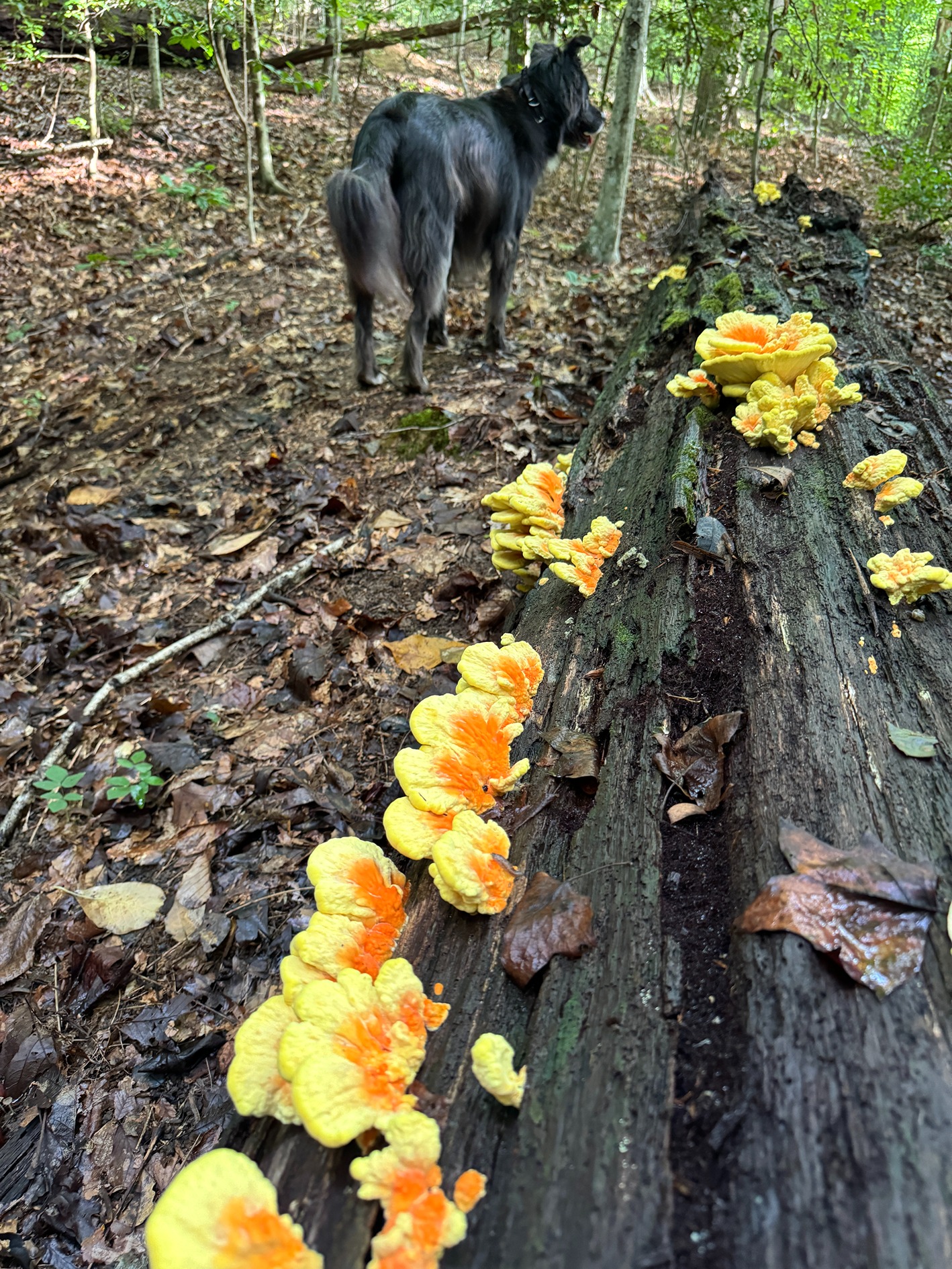
When Christmas is done, it seems like it’s gone in a flash. I believe it’s the intense build-up of the holiday that makes its exit so abrupt. I know many people try to ease the withdrawal effect by leaving up the decorative remnants for a couple of weeks or at least until after the new year. Then there are others that feel great relief.
I’ve also witnessed some impressive procrastination at the depressing task of removing the joyous tree. When I was growing up, I had a buddy whose family almost certainly only removed the tree in time for another one to be erected in its place. It stayed in a room where we weren’t allowed to play. Sometimes if the door was cracked I’d pause in commiseration with the dusty, miserable tree. I don’t think my buddy really ever thought anything of it and would only shrug when I asked him why they wouldn’t let it go. I don’t ever remember a visit to his house when there wasn’t a lonely tree in that room
However, at some point between now and March, we’ll (probably) begin the task of taking down our Christmas trees. Some of us will toss it out with the trash, others will let it decay in the yard with the leaves and tree debris.
But there are some useful and relatively easy methods of dealing with the old tree in a way that can be beneficial and preserve some of its value. If you have to let it go, try to recycle it.
• If you plan to recycle your tree, avoid materials like snow flocking spray. The chemical makeup of most of those sprays can make trees unable to be recycled.
• Remove lights, ornaments, tinsel and garland from the tree and leave it at the curb.
• Large trees (taller than six feet) may need to be cut down to a specified size.
Here are some interesting ways to recycle the tree.
• Mulch: Use the Christmas tree to make your own mulch. If you have access to a small wood chipper you could process the tree into chips. If local gardening is popular, this could be a good neighborhood project.
• Erosion mitigation: In some areas, discarded trees are kept intact and used to preserve beaches and shorelines.
• Feeding fish: Trees can be submerged into ponds to make a feeding area for fish. Use this on your own property, or check with your community and find out if the city collects trees for this purpose.
• Feeding birds: Place the tree in your backyard to create a bird habitat for nesting and feeding.
There are a lot of ways to be creative whatever you decide to do with it. If nothing else, it’s good kindling for an outside fire. Even when green, the sap is quite flammable.
Also, and probably most importantly, if you prefer a plastic tree, these are all terrible and likely dangerous ideas, and please disregard any of my suggestions above. But feel free to enjoy it all year and don’t worry that your kid’s friends think you’re weird. That may not have anything to do with the tree.


